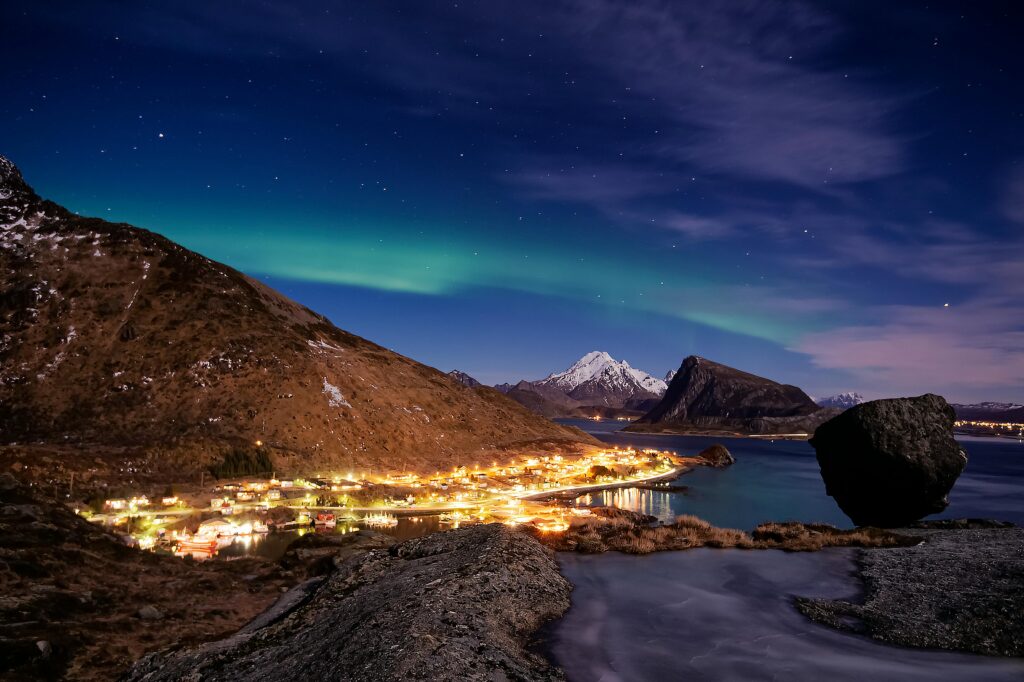
In the sun-drenched plains of rural Gujarat, a quiet revolution is glowing into life one rooftop at a time.
Entire villages that once endured blackouts and unreliable energy are now fully powered, thanks to a bold initiative: community-owned solar microgrids. These decentralized, affordable energy systems are built and maintained by locals, offering 24/7 clean electricity to areas the national grid still doesn’t reliably serve.
And the numbers shine as brightly as the panels over 50,000 homes now have stable power. That means longer school hours, thriving small businesses, and more efficient farming, all fueled by sunlight and local know-how.
“We’ve stopped waiting for power. Now we make our own,”
says Aarti Mehta, a solar technician and mother of three.
Power by the People
This grassroots movement is more than just a tech success story. It’s driven by women’s self-help groups, local engineers, and cooperative village leadership. The training empowers women not only as beneficiaries but as solar technicians, grid managers, and community educators.
These microgrids are resilient in the face of climate uncertainty, too. With India experiencing record-breaking heatwaves and rising energy costs, solar isn’t just sustainable it’s survival.
A Model for the World
The impact goes beyond Gujarat. Across India and Sub-Saharan Africa, solar village models are being studied, replicated, and scaled. In a time when global climate talks often stall in bureaucracy, this on-the-ground solution is already changing lives.
While big energy players debate net-zero pledges and carbon offsets, these rural communities are leading the way with zero headlines and zero emissions.
From candle-lit classrooms to solar-powered shops, India’s rural solar villages prove that the future of energy may not come from the top down but from the grassroots up.







